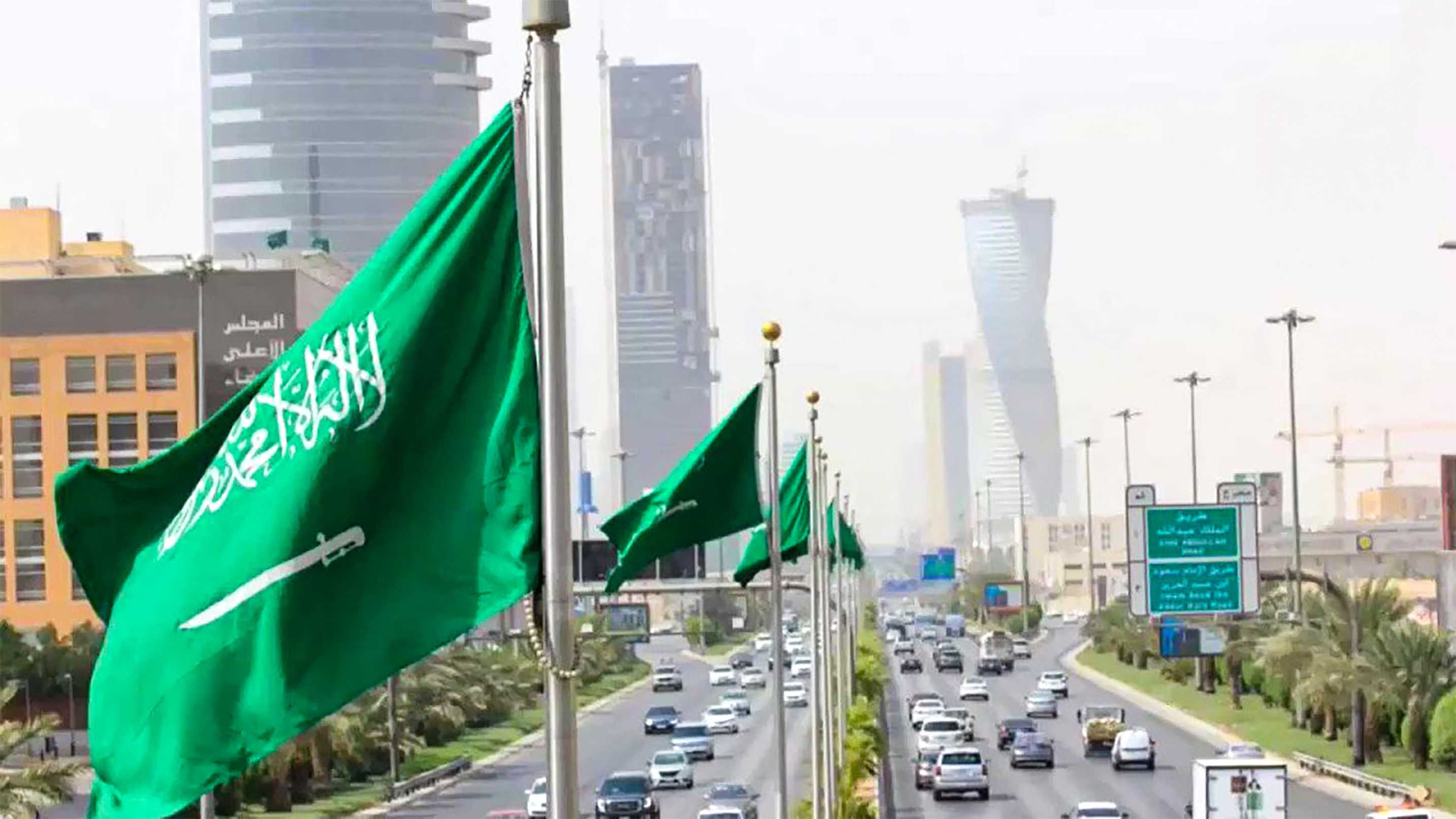Riyadh, Saudi Arabia — Saudi Arabia’s real GDP grew by 1.2 percent in the second quarter of 2023, compared to Q2 of 2022, according to Kingdom’s General Authority for Statistics (GASTAT).
A GASTAT report showed a 6.1 percent increase in non-oil activities over 2022, a 2.3 percent increase in government activities over 2022, and a 4.3 percent decrease in oil activities over 2022.
According to the report, seasonally adjusted real GDP decreased by 0.2 percent in Q2 of 2023 compared to the Q1 of 2023.
Saudi Arabia’s real GDP increased by 3.8 percent in the first quarter of 2023 compared to the same quarter in 2022, data issued by the General Authority for Statistics (GASTAT) said.
The real seasonally-adjusted GDP declined 1.4 percent compared to the last quarter of 2022. The GDP at constant prices reached SAR 753.2 billion in Q1 2023, compared to SAR 725.74 billion a year earlier, GASTAT said.
Non-oil activities increased 5.4 percent compared to the first quarter of 2022 and 1.1 percent QoQ, while government activities rose 4.9 percent YoY. Oil activities, on the other hand, grew 1.4 percent YoY, but declined 4.7 percent QoQ.
Saudi economy booming
Saudi Arabia’s economy is experiencing a boom, driven by high oil prices, increased private investment, and the implementation of economic reforms, a latest International Monetary Fund (IMF) report has highlighted.
In 2022, Saudi Arabia had the highest economic growth among the G20 countries, with an overall growth rate of 8.7 percent. This growth was fueled by strong oil production and a 4.8 percent growth in the non-oil sector, driven by robust private consumption and investment in projects such as the giga projects. Key drivers of non-oil growth included wholesale and retail trade, construction, and transport, the report added.
The unemployment rate in Saudi Arabia, according to the report, has reached a historical low, dropping to 4.8 percent by the end of 2022 from 9 percent during the COVID-19 pandemic. This decline can be attributed to increased labor force participation, a rise in Saudi workers in the private sector, and a rebound in the number of expatriate workers, particularly in the construction and agricultural sectors.
The youth unemployment rate was halved to 16 percent in 2022 compared to the previous two years, and female participation in the labor force reached 36 percent in 2022, surpassing the target of 30 percent set under Vision 2030.

